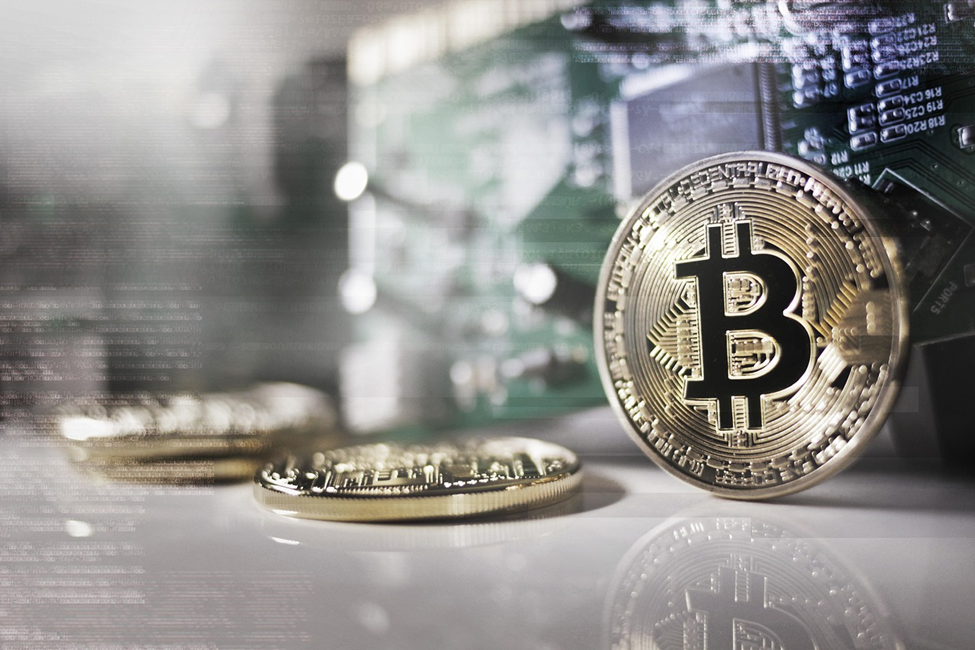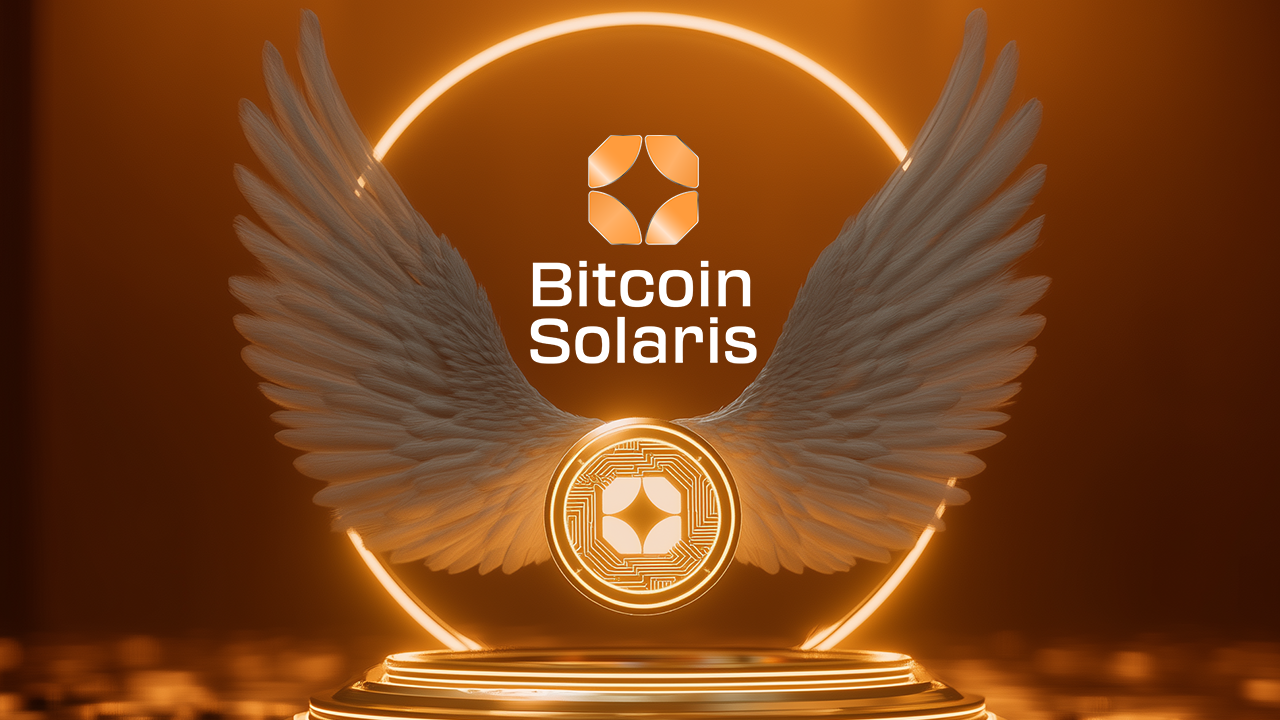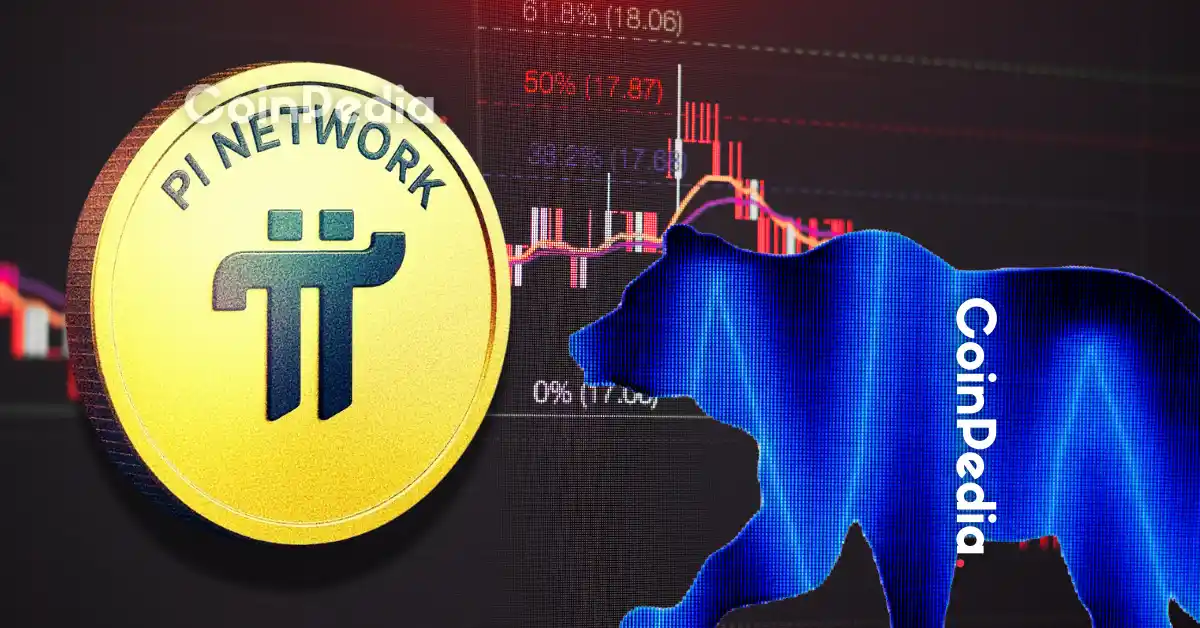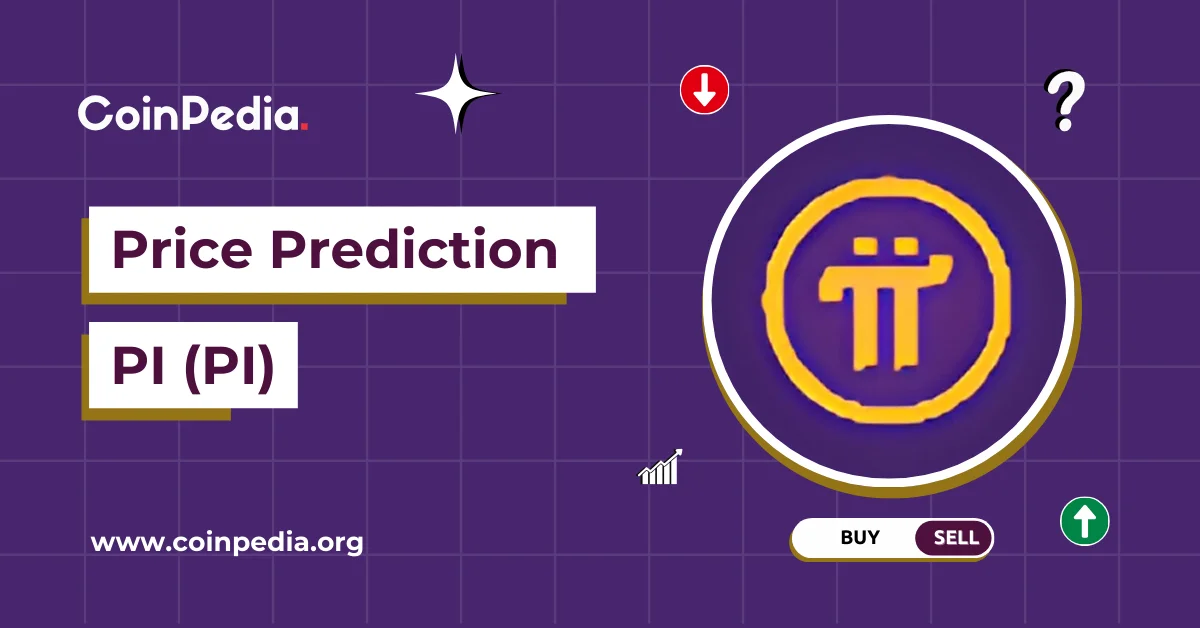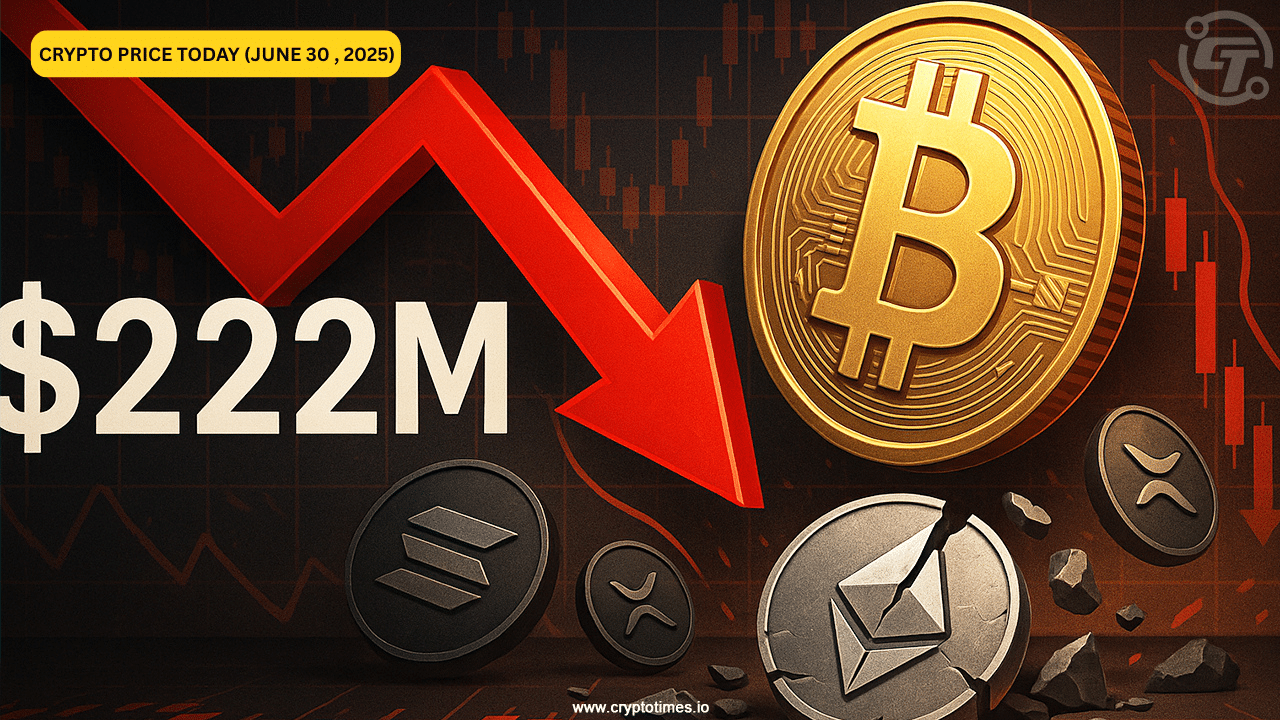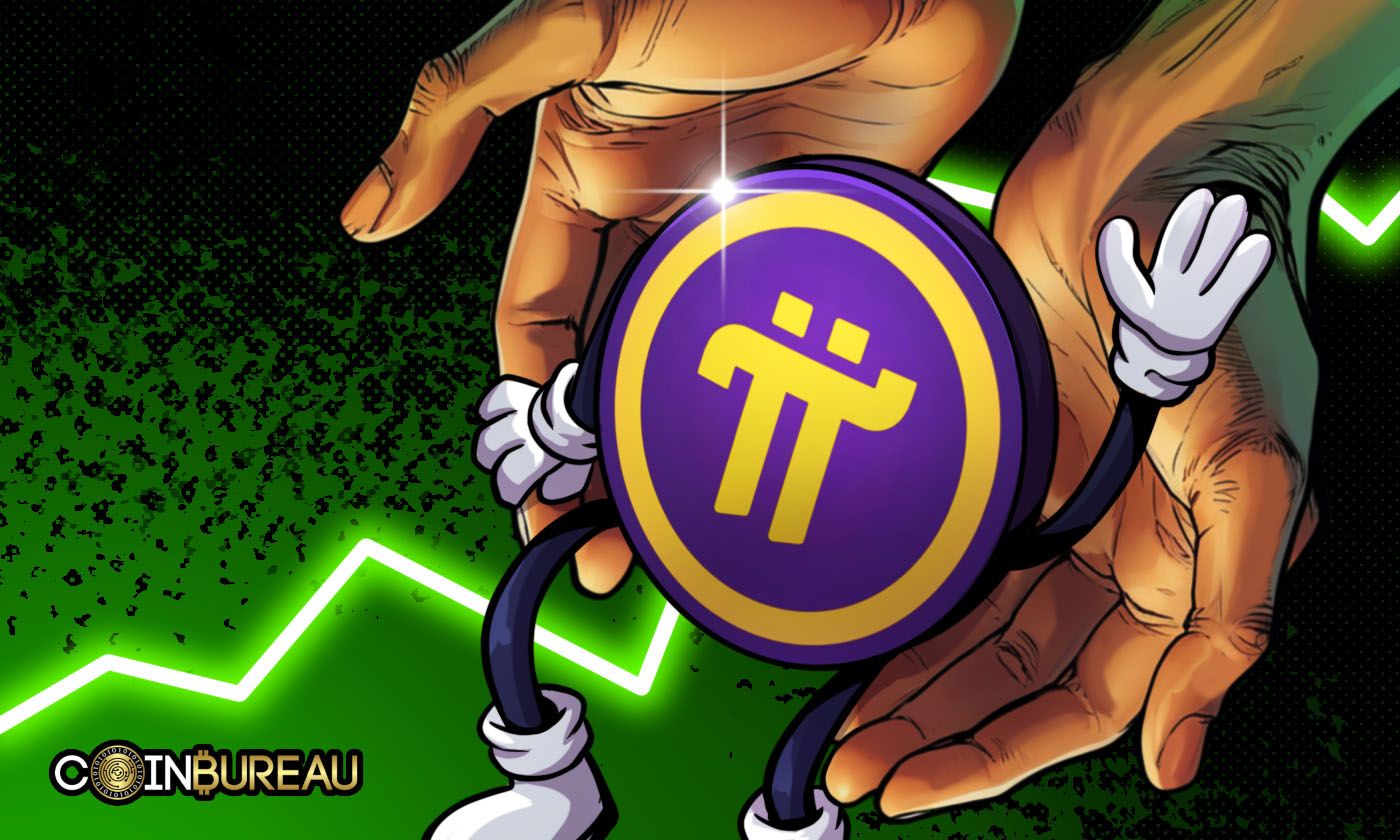
From meme coins that moon overnight to serious contenders building decentralized financial ecosystems, the altcoin universe is packed with excitement and confusion. Beyond the headlines dominated by Bitcoin and Ethereum, there’s a whole galaxy of niche coins vying for attention, each promising to be the “next big thing.” But navigating the crypto wild west requires more than just FOMO-fueled instincts; it calls for curiosity and research.
One of the more recent talked-about names in this space is Pi Coin, the native token of the Pi Network, a project that has built a sizable user base while being ignored by some of the largest crypto exchanges. Its mobile-first mining approach and emphasis on accessibility have attracted attention, though not without skepticism. Now, with the Open Mainnet live, many are wondering: Can I actually buy Pi Coin? And if so, how?
In this guide, we’ll walk you through everything, from what Pi Coin is and where it stands in the market, to the safest ways to buy, store, and even sell Pi Coin.
Imagine mining cryptocurrency without the need for expensive hardware, high electricity bills, or a deep understanding of complex algorithms. That’s the idea behind Pi Network, a project that purports to make crypto mining accessible through everyday smartphones.
A Brief Overview of Pi Network and Its Origins
Launched on March 14, 2019, by a team of Stanford graduates, Pi Network set out to lower the barrier to entry in the world of cryptocurrency. Its concept centers around allowing users, called “Pioneers,” to mine Pi Coin (PI) on their mobile devices without significant energy use or data consumption. The goal has been to appeal to a broader, less tech-savvy audience and encourage more inclusive participation in the digital economy.
For an in-depth analysis of Pi Coin’s legitimacy, including its network structure, decentralization claims, and investment risks, check out Coin Bureau’s comprehensive article: Is Pi Coin Legit?
The Role of Pi Coin Within the Ecosystem
Pi Coin functions as the native currency of the Pi Network. It’s intended for use in transactions such as purchasing goods and services, accessing decentralized applications (DApps), and enabling peer-to-peer payments. The broader vision includes building an internal marketplace and economy, though much of this is still in development.
Pi Mining vs. Traditional Crypto Mining
Mining Bitcoin or other traditional cryptocurrencies typically requires powerful hardware and high electricity usage, often operating under a Proof-of-Work (PoW) system that demands intensive computations. Pi Network, however, uses a model inspired by the Stellar Consensus Protocol (SCP), focusing on social trust and user engagement rather than raw processing power.
Users earn Pi by contributing to the network’s security and growth, such as by verifying transactions and building a reliable network of connections. On paper, this method is not only energy-efficient but also promotes active community participation.
Current Stage of Pi Coin Development and Network Phases
Pi Network’s development has progressed through several distinct phases:
Currently in its post-Open Mainnet phase, the Pi Network is working on ecosystem development, infrastructure scaling, and broader platform integration. While community participation remains high, the network’s long-term viability will depend on the actual utility created and adoption beyond its initial user base.
With the Open Mainnet launch in February 2025, Pi Network has enabled external transactions, allowing users to trade Pi Coin on several centralized exchanges.
Current Market Status: Tradable and Transferable
As of now, Pi Coin is tradable and transferable on multiple centralized exchanges. Users who have completed the Know Your Customer (KYC) verification and migrated their Pi to the mainnet can deposit and trade their tokens on platforms such as OKX, Gate, BitMart, and Pionex. These exchanges offer PI/USDT trading pairs, providing liquidity and accessibility to a broader audience.
However, it’s important to note that Pi Coin is not yet listed on major exchanges like Binance or Coinbase. While community support has been visible, such as a poll with over 2 million votes favoring a Binance listing, these larger platforms have not moved forward. This absence from these major exchanges puts quite a dent in Pi Coin’s bid to fly high. Reported concerns include technical compatibility with Pi Network’s blockchain, limited public tokenomics data, and unresolved regulatory considerations. Even worse are concerns regarding the centralized nature of the Pi’s data storage on its servers, making the data potentially vulnerable.
Unofficial Listings and Associated Risks
Before the Open Mainnet launch, some platforms offered Pi Coin trading through IOUs (I Owe You), which were speculative contracts rather than actual token trades. Engaging in such unofficial listings poses significant risks, including a lack of buyer protection, potential scams, and price manipulation. Now that Pi Coin is officially tradable on recognized exchanges, it’s advisable to avoid unofficial platforms and ensure that any trading activity is conducted through reputable channels.
Updates from the Pi Network Team
The Pi Network team has been proactive in expanding the ecosystem post-Open Mainnet. They have introduced features like wallet activation through the Pi Browser, enabling users to interact directly with the mainnet blockchain, use Pi apps, and participate in events like the .pi Domains Auction. The team emphasizes the importance of KYC verification to ensure network integrity and compliance.
So you’ve heard the buzz, maybe mined some Pi from your phone, and now you’re ready to make your move. The big question: where exactly do you go to get your hands on Pi Coin? The good news is that Pi is no longer just a number in your app; it’s a tradable asset. But like any emerging cryptocurrency, knowing where to buy Pi safely is just as important as knowing how.
Let’s break down your options.
Centralized Exchanges (CEXs)
Centralized exchanges are currently the most reliable way to buy Pi Coin, and several platforms have stepped up to list it officially. Here’s a breakdown of some:
Each of these CEXs offers different perks, but they all provide a safer, more transparent trading experience compared to grey market options.
At the moment, Pi Coin isn’t available on popular DEXs like Uniswap or PancakeSwap. That’s because the Pi Network runs on its own native blockchain, which isn’t directly compatible with Ethereum or BNB chains (yet). Until a bridge or wrapped version of Pi is introduced, DEX trading isn’t on the table.
Let’s be real: there will always be someone trying to sell you Pi on Telegram, Reddit, or some shady site you’ve never heard of. Here’s why you should steer clear:
Play it smart. Stick to verified exchanges, check official Pi Network channels for updates, and always double-check you’re trading the real deal, not an IOU or fake token.
We have a lot more on risk management for you to check out in your bid to become a successful trader.
So, you’ve done your research and decided to dive into the Pi Network to get your hands on some PI. But before you jump in, let’s walk through the steps to ensure you purchase Pi Coin safely and securely.
Choose a Reliable Exchange
First things first, you’ll need to select a reputable cryptocurrency exchange that lists Pi Coin. As of now, platforms like OKX, Bitget, Gate, and Pionex have officially listed PI for trading. These exchanges are known for their security measures and user-friendly interfaces, making them suitable for both beginners and seasoned traders.
Complete KYC (Know Your Customer) Verification
Most centralized exchanges require users to complete KYC verification. This process involves submitting identification documents to confirm your identity. While it might seem tedious, it’s a crucial step to ensure the security of your account and comply with regulatory standards.
Options: Fiat, BTC, USDT, ETH
Once your account is set up and verified, it’s time to deposit funds. Most exchanges support various funding options:
USDT is commonly used for trading PI, so having USDT in your account will make the process smoother.
Transaction Fees to Be Aware of
Be mindful of transaction fees associated with deposits. These can vary depending on the exchange and the payment method used. Always check the fee structure beforehand to avoid surprises.
Trading Pairs and Availability
With your account funded, navigate to the exchange’s trading section. Use the search function to find Pi Coin by typing “PI.” You’ll typically find trading pairs like PI/USDT, which means you’re trading Pi Coin against Tether.
How to Spot the Official Listing
Ensure you’re selecting the official Pi Coin listing. Look for the exchange’s verification badge or confirmation that it’s the genuine PI token. Avoid any listings that seem unofficial or lack proper verification.
Set Market vs. Limit Orders
Now, it’s time to make your purchase:
Confirm the Transaction
After selecting your order type and entering the amount of PI you wish to purchase, review the details carefully. Once everything looks good, confirm the transaction. Your Pi Coins will then be credited to your exchange wallet.
Remember, while keeping your PI on the exchange is convenient for trading, it’s recommended to transfer your coins to a secure wallet for long-term storage. This adds an extra layer of security to your investment.
We have a lot more on securing your cryptocurrencies with affordable hardware wallet options if you are interested in the ultimate security for your funds.
Once you’ve acquired Pi Coin (PI), securing it is paramount. Unlike traditional currencies, cryptocurrencies require careful storage to prevent loss or theft. Let’s explore the best options for storing your PI safely.
Features, Security, and Access
The official Pi Network Wallet is the primary tool for storing and managing your PI. Accessible through the Pi Browser app, this wallet is designed specifically for the Pi ecosystem. It allows users to send and receive PI, interact with decentralized applications (DApps), and participate in the network’s activities.
Security is a top priority. The wallet is non-custodial, meaning you have full control over your private keys. Upon setup, you’re provided with a 24-word passphrase—your key to accessing your funds. It’s crucial to store this passphrase securely; losing it means losing access to your PI permanently.
Compatibility with Mainnet
With the launch of Pi Network’s Open Mainnet in February 2025, the wallet has been updated to support mainnet transactions. Users who have completed the Know Your Customer (KYC) verification can activate their wallets and fully engage with the Pi ecosystem. This includes sending and receiving PI, using DApps, and participating in events like the .pi Domains Auction.
Custodial vs. Non-Custodial Options
While the official Pi Wallet is the recommended choice, some third-party wallets have begun to offer support for PI. It’s essential to understand the difference between custodial and non-custodial wallets:
Recommendations Based on Security and Usability
When choosing a wallet, consider your specific needs—whether it’s ease of use, security, or compatibility with other cryptocurrencies. Always ensure that any third-party wallet you use is reputable and supports PI on the mainnet.
We have extensive coverage on the Best Wallets For Pi Network. Do check it out.
Yes, you can sell Pi Coin (PI), but it’s essential to understand the current landscape to do so safely and effectively.
How to Sell Pi Coin Once You Have It
To sell your Pi Coin, follow these steps:
You can check out our detailed guide on selling Pi Coin for more information.
Marketplace Options and Current Liquidity
As we’ve mentioned, Pi Coin is tradable on several centralized exchanges like. But while listings are available, liquidity has proven to be quite volatile.
According to CoinMarketCap data, Pi Coin experienced a major trading volume spike in May 2025, peaking at over $5.46 billion during the week of May 12. This surge likely corresponded with increased speculation and activity around the Open Mainnet launch. However, the excitement appears to have cooled off rapidly. By the week of May 26, weekly trading volume had dropped sharply to around $902 million.
That’s a steep decline, roughly an 84% drop in just two weeks. Such volatility suggests that while traders are engaging with Pi Coin, its market activity is far from stable. This kind of rapid decline can increase price slippage and make it harder to execute large trades without impacting the market price.
Potential for Listing on Larger Exchanges
Currently, Pi Coin is not listed on major exchanges like Binance or Coinbase. In February 2025, Binance conducted a community vote where 88% of participants supported listing Pi Coin. Despite this enthusiasm, Binance has not officially confirmed a listing. Speculation continues, especially after Pi Network’s founder, Dr. Nicolas Kokkalis, appeared at Consensus 2025.
A listing on a major exchange could significantly enhance Pi Coin’s liquidity and market reach. However, until such listings materialize, users should exercise caution and conduct thorough research before selling their PI holdings.
Pi Coin (PI) has garnered significant attention in the crypto community, but the question remains: is it a worthwhile investment? Let’s delve into the various facets that influence its investment potential.
Community Strength and User Base
Pi Network boasts a substantial user base, with over 60 million engaged users worldwide as of 2025. This expansive community indicates a strong grassroots movement, which is crucial for any cryptocurrency’s adoption and utility.
Utility and Roadmap of the Pi Network
The Pi Network follows a structured three-phase roadmap: Beta, Testnet, and Mainnet. Currently, the network is transitioning from the Enclosed Mainnet to the Open Mainnet phase, aiming to remove the firewall and allow external connectivity. The project’s vision includes creating a decentralized ecosystem where users can engage in various activities using PI, such as transactions, DAppsand more.
However, it’s important to note that the full realization of this ecosystem is still in progress. The success of the Open Mainnet and the development of real-world use cases will be pivotal in determining Pi Coin’s long-term value.
Expert Perspectives on Legitimacy and Value
We have already discussed how opinions among experts are divided regarding Pi Coin’s legitimacy and investment potential. Some analysts express optimism, citing the project’s innovative approach to mobile mining and its large user base as indicators of potential success.
Conversely, other experts raise concerns about the project’s centralization, lack of transparency, and the absence of listings on major exchanges. For instance, industry experts like Ben Zhou and Justin Bons have publicly questioned Pi Network’s legitimacy and business model.
A January 2025 report by CNN reveals that all mainnet nodes are currently controlled by the Pi Network core team, raising concerns about the project’s alignment with blockchain’s core principle of decentralization.
Risks
Opportunities
Overall, while Pi Coin presents intriguing possibilities, it also carries significant risks. Potential investors should conduct thorough research and consider their risk tolerance before investing.
So, should you take the plunge and buy Pi Coin? Well, that depends on your goals, your risk tolerance, and how much faith you place in the project’s long-term vision.
To recap: Pi Coin is now officially tradable on several centralized exchanges like OKX, Bitget, Gate, and Pionex. If you’re new to crypto, the steps are straightforward—create an account on one of these platforms, verify your identity, fund your wallet (usually with USDT), and place your buy order. From there, it’s all about how and where you store your PI.
But avoid unofficial sources like the plague. Before the Open Mainnet, there were plenty of shady IOUs and fake listings floating around. Even now, some scammy platforms and P2P setups still lure in hopeful buyers. Stick to verified exchanges and always double-check what you’re buying.
If you’re a beginner, start small. Watch how the market reacts post-mainnet, keep an eye on developments, and never invest more than you can afford to lose. Pi’s concept is ambitious, but it’s still early days in many ways.
The real value of Pi Coin will become clearer as the ecosystem evolves. If the developers deliver on the roadmap and decentralization efforts, and if major exchanges like Binance eventually hop on board, we might be looking at something big. Until then, Pi remains a cautiously interesting bet with both promise and pitfalls.
Yes, Pi Coin officially launched its Open Mainnet on February 20, 2025. This means Pi is now tradable outside its enclosed ecosystem and can interact with other blockchain networks. However, some features are still being rolled out gradually.
To mine Pi Coin, you simply download the Pi Network app and check in once every 24 hours by tapping a button. Unlike traditional mining, it doesn’t drain your battery or require high computing power. Your mining rate increases by building a trusted network of active users.
Yes, but only if your coins have been migrated to the Open Mainnet and you’ve completed KYC verification. You can then send Pi to other wallets that support mainnet PI, including the official Pi Network Wallet and select third-party wallets like Bitget.
Before the Open Mainnet launch, most listings were unofficial IOUs, which weren’t backed by actual coins. Buying through these posed risks of scams, lack of regulation, and price manipulation. Always use verified exchanges now that PI is officially tradable.
Pi Coin itself is not banned in most countries, but local laws about crypto trading vary. You should always check your country’s regulations and ensure the exchange you’re using is compliant in your region.
Pi Coin stands out with its mobile-first mining model, allowing anyone with a smartphone to earn crypto. It focuses heavily on accessibility and community, which contrasts with many altcoins that require technical setups or large capital to get started.
As of 2025, over 10 million users have migrated their Pi to the mainnet, but the total circulating supply depends on ongoing migrations and user activity. The network hasn’t published a fixed number yet as the migration process is still underway.
Yes, Pi has a supply model designed to limit inflation and reward user contributions. While the exact cap isn’t publicly finalized, the network has stated that mining rewards will decrease over time to preserve scarcity.
Yes, in some cases. The Pi Network has launched a few ecosystem apps and merchant pilots where users can spend PI. However, widespread adoption for real-world payments is still a work in progress.
Pi Network’s biggest differentiator is its ease of access—you don’t need expensive gear or tech skills to participate. It’s also heavily community-driven, with a focus on building real-world utility before pushing speculative hype.
I have over 15 years of experience in writing for various organizations. I have a diverse portfolio of writing, vetting, and editing articles, blogs, website content, scripts, and slogans across a variety of industries. I write fiction in my spare time, and I’m looking forward to getting published with my first set of short stories.
Disclaimer: These are the writer’s opinions and should not be considered investment advice. Readers should do their own research.
This site contains affiliate links to products/services. We may receive a commission for purchases made through these links.

